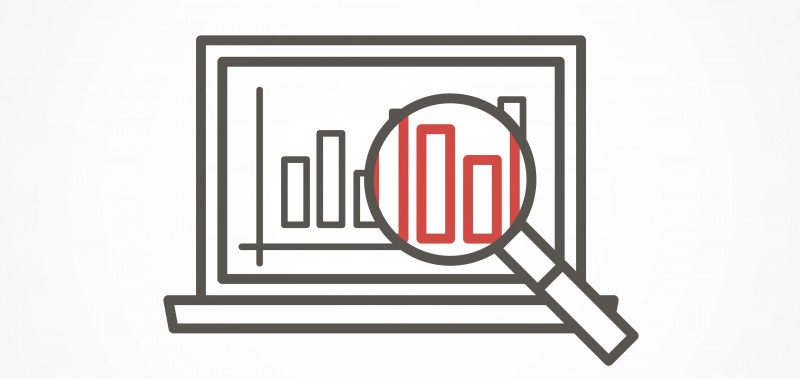This blog post is an excerpt from GovLoop’s recent guide FITARA: What You Need to Know. Download the full guide here.
In many ways, FITARA represents a new era of accountability in government IT.
Among the law’s major tenets is a provision that strengthens the role of department CIOs by giving them control over IT budgets and acquisition strategies. FITARA also requires that CIOs report directly to the agency head, the deputy secretary or a similar management executive.
“For the very first time, CIOs have a seat at the table, along with other executives in the C-suite,” said Tom Kennedy, Vice President of Public Sector at Veritas. “They finally have the tools to run the operation as a modern and mature IT enterprise and manage their datasets, as well as meet transparency and interoperability goals, and migrate to the cloud.”
The ability to not only access data but also glean insights from it is key to FITARA’s success. CIOs need access to IT spending, performance and acquisition data to make sound decisions departmentwide.
As a market leader in information management solutions, Veritas has already partnered with a number of federal agencies to implement data backup and recovery services. “The other piece of what we do is around information analytics and giving agencies insight into the information they already have,” Kennedy explained.
“The vision for FITARA is to ensure that government datasets can create an innovation ecosystem that will enable the sharing economy and new business opportunities, by putting data together in ways that no one had ever thought about,” said Richard Beutel, Principal at Cyrrus Analytics, a government market strategy and legislative advisory firm and a Veritas partner.
Whether the data is hosted on-premise or in the cloud, Veritas can address the risks associated with downtime by providing disaster recovery capabilities for applications that are vital to running the agency.
Veritas is well positioned to support CIOs as they exercise their new authority under FITARA and align with administration requirements to do more with less and reduce cost and risk in their IT operating models. Specifically, Veritas is building relationships with CIOs and their appointed representatives to help them eliminate capital spending on hardware and reduce storage consumption, even as the amount of data they produce and collect grows exponentially. The first step in achieving that goal is working with agencies to gain visibility into what they currently own.
“The system is only as good as the data that’s in it,” Kennedy said. “Studies show that up to 70 percent of data does not have business value. Addressing that before you move your project to the cloud, or before you’re migrating off of legacy systems, is really important.”
Part of that process includes helping agencies purge their systems of redundant, obsolete and trivial information, or ROT data. Typically, about a third of the data organizations possess fits into the ROT category and adds little to no business value.
Agencies must settle these misconceptions before moving to the cloud if they want to take full advantage of what cloud computing has to offer, including reduced storage, back-up and disaster recovery costs. Using Veritas technologies, agencies can expect further benefits in the cloud, such as the ability to uncover, understand, and correct the hidden weaknesses and blind spots hybrid cloud environments often create as information flows across different private and public cloud systems.
Veritas also enables agency CIOs to better holistically protect, manage, and govern the data that flows through multi-vendor, hybrid cloud environments.
“We really look at ourselves as being a force-multiplier to the CIO community, to help them drive transformation and prevent FITARA from becoming a box-checking exercise,” said Beutel, the former legislative manager for FITARA.
The FITARA legislation breathed new life into existing administration efforts, such as the Federal Data Center Consolidation Initiative (FDCCI). FITARA builds on FDCCI requirements and mandates that agencies submit annual reports that include comprehensive data center inventories; multi-year strategies to consolidate and optimize data centers; performance metrics and a timeline for agency activities; and yearly calculations of investment and cost savings.
Beutel is optimistic that IT reforms under FITARA will take hold because there is engagement at all levels of government, including oversight in Congress and engagement from the federal CIO. Even the president’s 2017 budget request includes funding to help agencies migrate off legacy IT systems.
“That’s a change in attitude and implementation, and that’s a key factor to FITARA’s success,” Beutel said.






Leave a Reply
You must be logged in to post a comment.